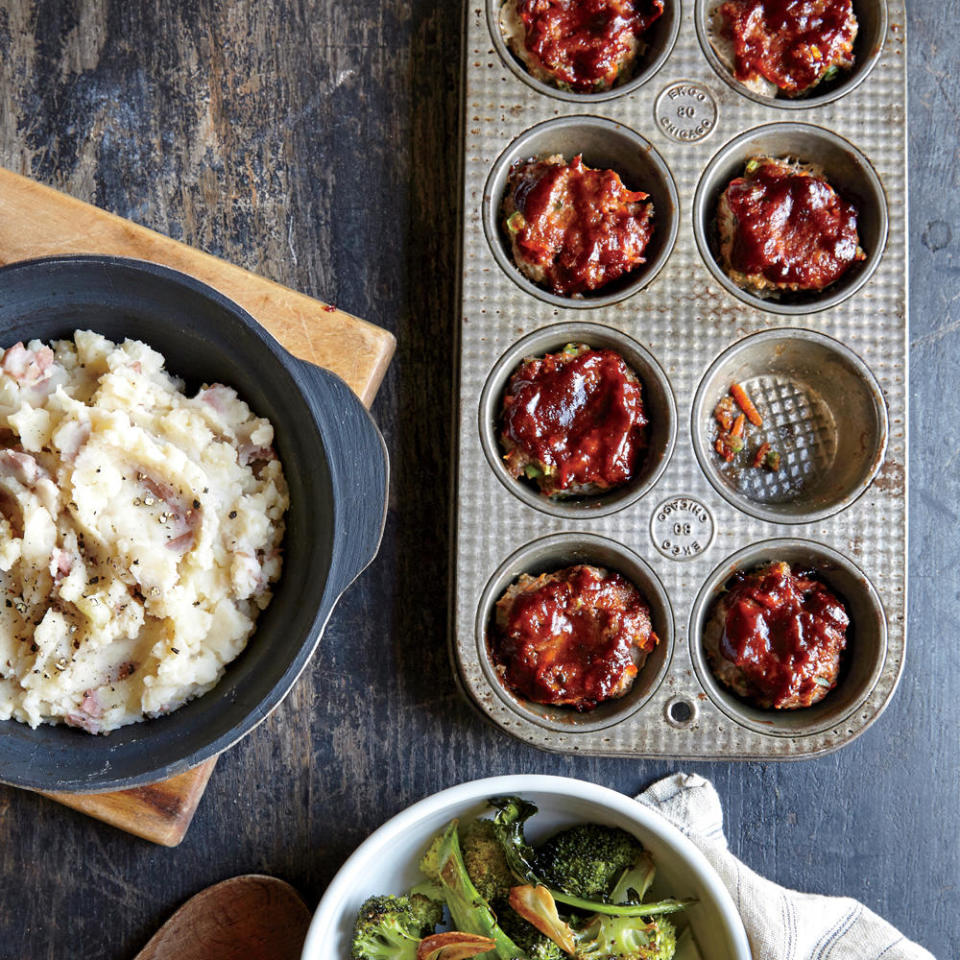New Study Explains How to Get Picky Eaters to Clean Their Plates
There's an art to navigating mealtime when a member of your family—child, teen, or adult— is a picky eater. After all, man cannot live on plain pasta alone. So how do you make sure everyone is getting the proper amount of nutrition?
A new study suggests that the way you serve a meal—how you plate the food itself—could actually help picky eaters dig into their meals without complaints.
Researchers at the University of Copenhagen's Department of Food Science studied how children responded to different plates of food—including which kinds of plates were clean by the end of dinner time. They discovered that meals where each food is kept separately from the others on the plate were most likely to be eaten, especially true for younger children. This actually corresponds to advice Cooking Light was offering several years ago, based on what worked well for one of our writers.
"As a researcher, I have anecdotally heard parents say that their children prefer to have their food served in a particular way, including in a specific order," Annemarie Olsen, an associate professor on the team behind the research, wrote in a news release about the study, published in the Journal of Sensory Studies. "But we do not have much evidence-based knowledge about how children sort and eat their food, which is very relevant when, for example, we want our children to eat more vegetables — or eat their food in general."
The study involved 100 different children, between the ages of 7 and 8 as well as 12 and 14, to rank six photos of meals plated in three different ways: one with food items completely separate, one with a few elements in contact (i.e.: gravy on top of rice and vegetables), and one with all the food mixed together and in full contact.
Are you cooking for a picky eater? Read on:
This Trick Stopped Our Nutritionist's Kids from Complaining at Dinner
Listen Up: Here's Why Tacos Are the Perfect Meal for Picky Eaters
The youngest girls preferred their food all separated, possibly because younger children hold a belief that "contamination" occurs when things are mixed, researchers say. The youngest boys, however, didn't have a consistent preference—pre-teen boys preferred only some of the ingredients mixed. While researchers admitted more data was needed, gender could play a role in how you should plate meals for your children as well.
The safest solution for parents battling picky eaters is to keep all elements of a meal separate on a plate, Olsen says. Younger children especially will be more open to at least tasting each recipe you've made if they're all neatly arranged on the plate.
Older children may feel differently, but if you present them with a plated meal that is completely separate rather than mixed together, they could mix the items as they wish rather than be completely turned off from dinner.

There are classic kid-friendly recipes that can be enjoyed separately from fresh sides of vegetables or a grain-based side dish—meatloaf can be made into mini, individual servings, and served alongside veggies and mashed potatoes, for example. Rather than a classic sautéed fish fillet in sauce, you can make better-for-you fish fingers alongside other side dishes, too. For more recipes that can be served in individual components, check out our all-time favorite kids' meals—as well as this collection of kid-friendly recipes that will last you an entire month.

